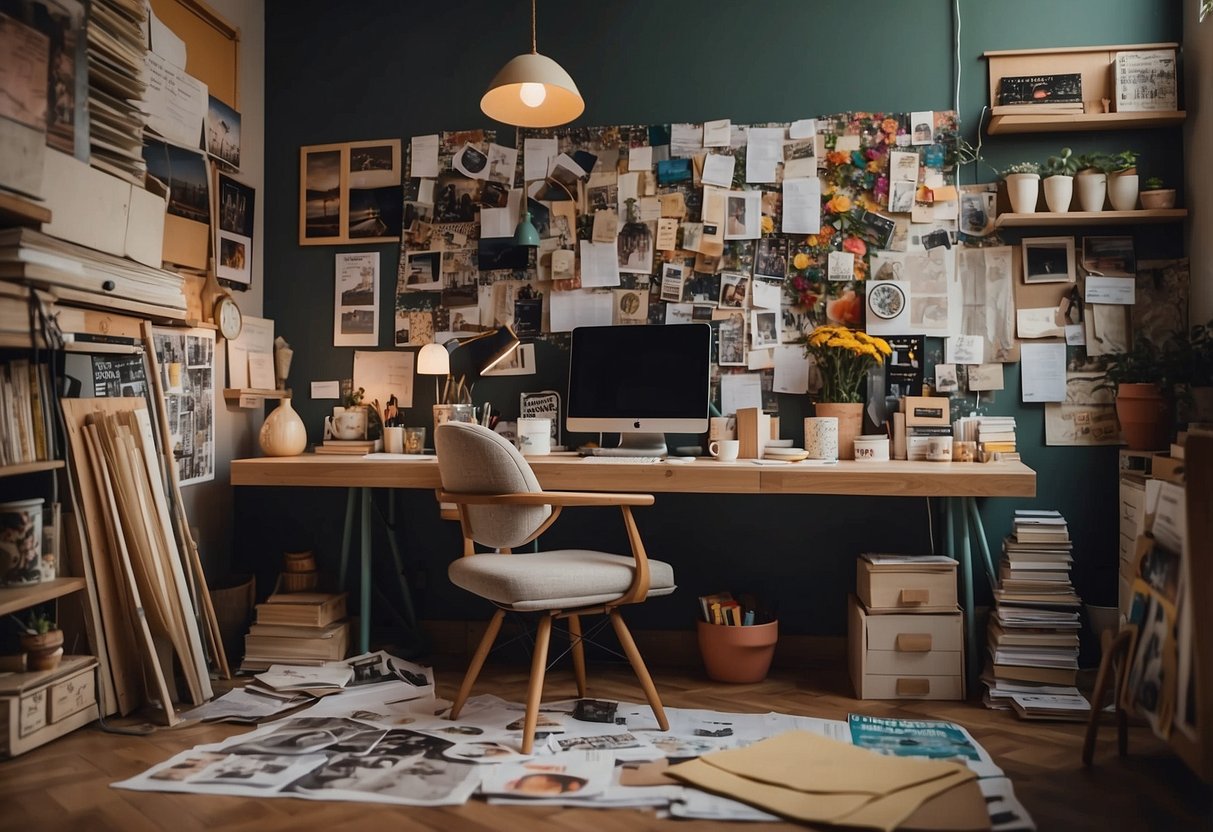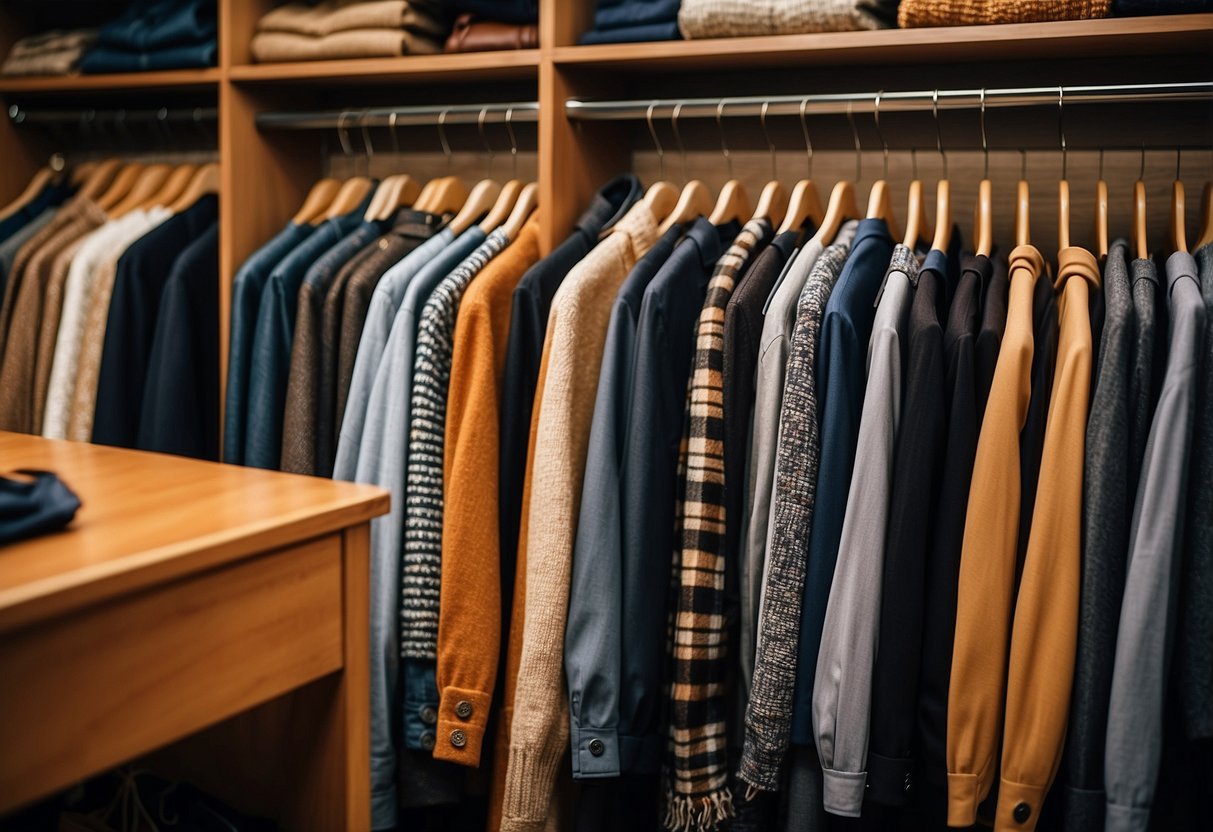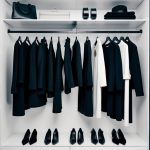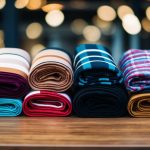
Developing your unique personal style is about embracing what makes you feel confident and authentic. Creating a look that reflects your individuality can significantly enhance your first impression, making it easier for you to connect with others. Finding your style isn’t just about following trends; it’s about understanding what pieces make you feel like the best version of yourself.
A well-developed personal style can transform the way you view yourself and how others perceive you. Confidence is key, and the right wardrobe can be a powerful tool in boosting it. Whether it’s a signature accessory or a go-to color palette, these elements help convey a consistent and cohesive image.
By focusing on what suits your body type, lifestyle, and tastes, you can build a wardrobe that feels both practical and uniquely yours. Investing time in developing your personal style pays off by making daily dressing choices simpler and more enjoyable. This guide aims to help you identify and refine the elements that make up your unique look, ensuring you step out with confidence and make a lasting first impression.
Understanding Personal Style
Personal style is a reflection of one’s identity and lifestyle. It encompasses the preferences, influences, and psychological factors that shape how individuals choose to present themselves through fashion.
Defining Your Style Preferences
Defining your style preferences involves recognizing what clothing and accessories resonate most with your personality. These preferences can be influenced by various factors such as cultural background, favorite colors, and comfort.
He or she may prefer minimalist designs, while others are attracted to bold patterns and colors. To define personal style, one might consider favorite outfits that make them feel confident and authentic. It becomes a matter of translating those preferences into daily wear, creating a cohesive look that feels both comfortable and expressive.
Influence of Lifestyle on Fashion Choices
Lifestyle plays a crucial role in determining fashion choices. A person’s daily activities, profession, and social environment will influence their wardrobe.
For instance, someone working in a corporate setting may lean towards formal and tailored clothing. Conversely, a creative professional might opt for more eclectic and relaxed attire. Leisure activities, climate, and cultural norms also shape how one dresses. Understanding these lifestyle influences can help in curating a wardrobe that is both functional and expressive.
The Psychology of Dressing and Self-Expression
The psychology of dressing explores how clothing affects emotions, behaviors, and perceptions. Dressing in certain styles can boost confidence and influence how others perceive an individual.
She or he might choose bright colors to feel more energetic or opt for structured outfits to feel more powerful and in control. Self-expression through fashion allows individuals to convey their identity and mood without words. It becomes a form of non-verbal communication, showcasing one’s preferences and personality to the world. This interplay between psychology and fashion underscores the importance of conscious dressing in everyday life.
Evaluating Current Wardrobe

Evaluating your wardrobe is an essential step in developing a unique personal style. This involves decluttering unnecessary items, assessing essentials, and identifying signature pieces that define your look.
The Art of Decluttering
Decluttering is a crucial first step in evaluating your wardrobe. By sorting through your clothes, you can remove items that no longer serve you. This process allows for a fresh start and helps you to focus on pieces that truly reflect your style.
Start by categorizing your clothes into keep, donate, and discard piles. Evaluate each item based on its fit, condition, and how often you wear it. Clothes that no longer fit or are worn out should be discarded or donated. This method ensures that only functional and stylish items remain in your wardrobe.



